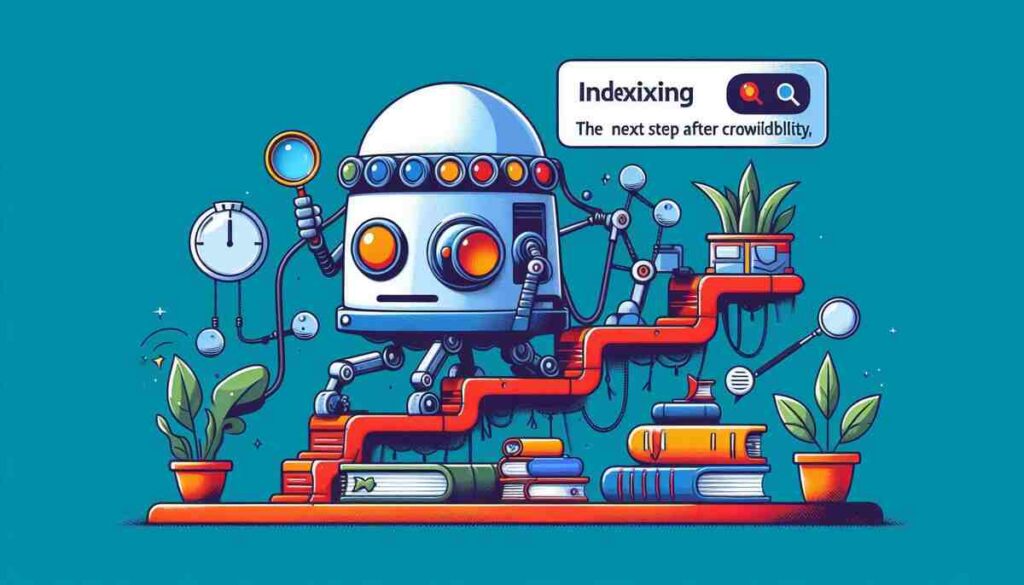Crawlability and Indexing: Mastering The Key to SEO Success
Crawlability and Indexing

Crawlability and Indexing In the competitive world of search engine optimization (SEO), understanding crawlability and indexing is crucial for achieving top rankings on Google. These two fundamental concepts serve as the backbone of how search engines discover, analyze, and rank your website. In this article, we delve into the intricacies of crawlability and indexing, offering expert insights on how to optimize your site for maximum visibility and performance.
What is Crawlability?
Crawlability refers to the ability of search engine bots, often referred to as “crawlers” or “spiders,” to access and navigate the pages of your website. Crawlability and Indexing These bots systematically browse the web, following links and collecting data that will later be indexed. The easier it is for these bots to crawl your site, the more content they can discover and index, which directly influences your site’s search rankings.
Factors Affecting Crawlability and Indexing

Several factors determine how easily search engines can crawl your site. Understanding and optimizing these factors is essential for improving your site’s visibility.
1. Site Structure and Navigation
A well-organized site structure with clear navigation is paramount for enhancing crawlability. Search engine bots rely on internal links to navigate your site. A logical, hierarchical structure with a clear path from the homepage to other pages ensures that crawlers can efficiently access all content.
2. XML Sitemaps Crawlability and Indexing
An XML sitemap is a roadmap of your website that helps search engines discover all your pages. It provides a list of URLs that you want crawled and indexed, making it easier for bots to find new or updated content. Regularly updating your XML sitemap and submitting it to search engines can significantly boost crawlability.
3. Robots.txt File
The robots.txt file is a simple text file that tells search engine bots which pages they can and cannot crawl. While it’s essential to use this file to prevent the crawling of duplicate content or sensitive areas of your site, misconfiguring it can unintentionally block important pages from being indexed.
4. Page Speed
Page speed is another critical factor affecting crawlability. Crawlability and Indexing Slow-loading pages can cause crawlers to spend less time on your site, reducing the number of pages they can access. Optimizing images, using a content delivery network (CDN), and minimizing JavaScript and CSS files can improve your site’s loading speed, enhancing crawlability.
Indexing: The Next Step After Crawlability and Indexing

Once a search engine bot has crawled your site, the next step is indexing. Indexing is the process by which search engines store and organize the content they have crawled, making it available for retrieval when a user performs a search query.
Factors Influencing Indexing
To ensure your content is indexed correctly and ranks well, consider the following key factors:
1. Content Quality and Relevance
High-quality, relevant content is the cornerstone of effective indexing. Search engines prioritize content that is well-written, informative, and aligned with the user’s search intent. Regularly updating your content to reflect current trends and maintaining a focus on user-centric topics can improve indexing outcomes.
2. Meta Tags and Descriptions Crawlability and Indexing
Meta tags, including title tags and meta descriptions, play a vital role in how your content is indexed. These elements provide search engines with information about the content of your pages. Using keyword-rich, descriptive meta tags can enhance your site’s indexing potential, making it more likely to appear in relevant search results.
3. Canonical Tags
Canonical tags are used to prevent duplicate content issues by specifying the “preferred” version of a page when multiple versions exist. Proper use of canonical tags ensures that search engines index the correct version of your content, preserving your site’s authority and avoiding potential penalties.
4. Mobile-Friendliness Crawlability and Indexing
With the rise of mobile browsing, search engines now prioritize mobile-friendly websites in their indexing algorithms. Ensuring that your site is responsive and offers a seamless experience across all devices can significantly impact how well your content is indexed.
Improving Crawlability and Indexing: Best Practices

To achieve optimal SEO performance, it is crucial to implement best practices that enhance both crawlability and indexing. Here are some actionable strategies:
1. Regularly Audit Your Site Crawlability and Indexing
Conducting regular site audits helps identify issues that could hinder crawlability and indexing. Tools like Google Search Console, Screaming Frog, and Ahrefs can be invaluable for detecting broken links, missing meta tags, slow-loading pages, and other technical issues.
2. Optimize Internal Linking
Effective internal linking not only improves navigation for users but also enhances crawlability. Ensure that every page on your site is accessible via internal links, and use keyword-rich anchor text to help search engines understand the context of linked pages.
3. Submit Your Site to Search Engines Crawlability and Indexing

While search engines typically discover new sites on their own, submitting your site directly to search engines via platforms like Google Search Console can expedite the crawling and indexing process. This is particularly important for new sites or those that have undergone significant changes.
4. Implement Structured Data
Structured data, or schema markup, provides additional context about your content to search engines. Crawlability and Indexing By implementing structured data, you can improve how your content is indexed and displayed in search results, potentially leading to enhanced visibility and higher click-through rates.
5. Monitor Crawl Budget Crawlability and Indexing
Crawl budget refers to the number of pages a search engine will crawl on your site within a given timeframe. Factors like site size, update frequency, and server performance can impact your crawl budget. Monitoring and optimizing your crawl budget ensures that the most important pages are prioritized during the crawling process.
Conclusion
Mastering crawlability and indexing is essential for improving your website’s visibility on search engines like Google. By optimizing your site structure, content, and technical elements, you can enhance the crawling and indexing process, leading to higher search rankings and increased organic traffic.
Read More: Elementor Mega Menu

